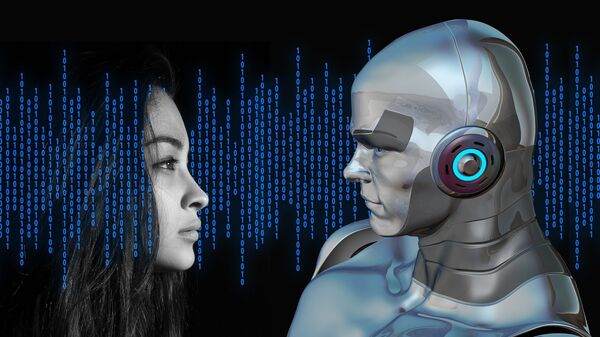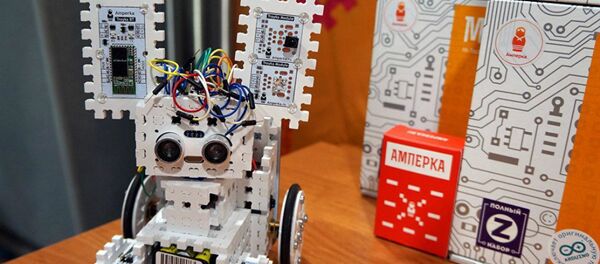Little is known about Neuralink — it has no public presence whatsoever as of March 2017 — but reports suggest it will be charged with creating "neural lace," which will allow humans to seamlessly communicate with technology. The company has been registered in California as a medical research entity, and its initial focus will be using this interface to aid with chronic conditions, from epilepsy to depression.
Long Neuralink piece coming out on @waitbutwhy in about a week. Difficult to dedicate the time, but existential risk is too high not to.
— Elon Musk (@elonmusk) March 28, 2017
@ruchitgarg @elonmusk @waitbutwhy yes…but i think it shouldn't be termed "AI" 😁
— Chief Roche (@kingslyroche) March 28, 2017
This is not the first time Musk has expressed an interest in merging man and machine — at a Tesla launch in Dubai in February, the entrepreneur spoke about the need for humans to become cyborgs if they are to survive the rise of artificial intelligence, and spoke of a potential of merger of biological and digital intelligence over time.
@BelovedRevol Making progress. Maybe something to announce in a few months. Have played all prior Deus Ex. Not this one yet.
— Elon Musk (@elonmusk) August 28, 2016
Musk has repeatedly issued warnings about the potential hazards posed by AI, and robotics.
In January 2015, he declared AI the "biggest existential threat" to the survival of the human race. Despite this dire caution, he subsequently backed a nonprofit research group called OpenAI, and in March 2016 opened the world's first AI "gym" — although, rather than a leisure center kitted out with dumbbells or punching bags, the hub us intended to allow developers to "exercise" systems.
@elonmusk Consider AI safety part of AI ethics, otherwise you're setting up for confrontation. They'll read this all someday :-)
— Ben Folk-Williams (@ben_fw) January 15, 2015
While the announcement has provoked shock and excitement, the fact is transhumanism, the enhancement of human capabilities via science and technology, is a reality for many living people already, to varying degrees.
As of 2017, amputees use prosthetics connected to their own nerves and controlled using electrical signals from the brain, and the BrainGate project helps tetraplegics regain motor independence — in 2014,a man with partial arm paralysis opened and closed his hand with the power of thought, using a brain implant and external electrodes equipped around his forearm. Documentary-maker Rob Spence has replaced one of his eyes with a video camera.
Nonetheless, if Musk's endeavors are successful, it will represent a world first, the transplanting of technology straight from the pages of science fiction to day-to-day life.
Still, the hurdles inherent in developing such devices are significant — neuroscience researchers have a very limited understanding about how the neurons in the human brain communicate, and methods for collecting data on those neurons is rudimentary — ergo, devices dependent on neuroscience will be definition be embryonic and based on incomplete or potentially misleading information.Moreover, there are significant issues around finding human subjects willing to be implanted with undeveloped, early stage devices.
Despite suggestions, up to half the US population could be equipped with microchips by 2025, public and political opposition to such an eventuality is significant.
In February 2017, Nevada State Senator Becky Harris began pushing for a bill prohibiting enforced microchipping of people, as she believes it should be made illegal before it becomes a real issue. Ten other US states have already passed legislation on microchips being administered to humans.


